
Besides the rule of thirds we talked about previously, Framing is also a principle key in photography and videography.
It involves guiding the viewer's focus toward the main subject in the image by using objects or elements in the scene to block out distractions.
In order to help you improve your shots, we'll explore in this article how framing is used in photography and videography, look at its different types, and show you some practical examples to understand it better.

Framing is a powerful tool in photography and videography that can entirely change the story or message hidden in an image or video.
It involves two vital aspects; First, there's the way you set up your shot using the viewfinder or screen.
But there's also another important aspect where you use elements in the scene itself to create a frame around your subject.
This helps draw the viewer's attention, adds depth to your photo or video, and makes it more visually appealing.

Now, let's explore various types of framing techniques.
Let's begin with the "Close Up" framing technique.
Close ups are excellent for capturing facial expressions and emotions in your digital film. Typically, in this type, the camera focuses on just the subject's face, as seen in the pictures.

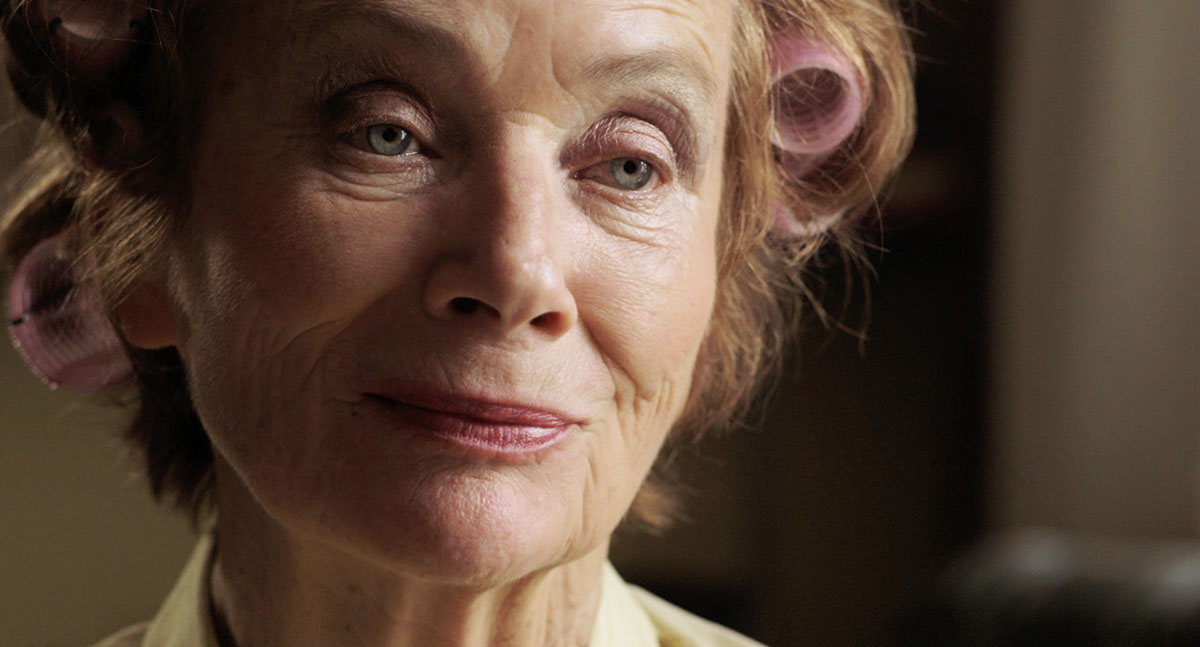
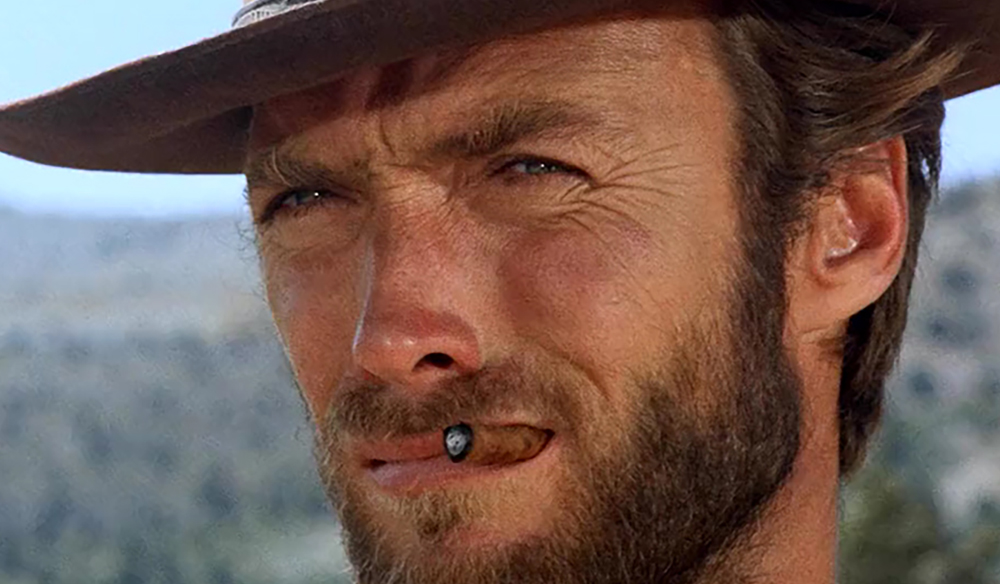
Some moviemakers like to start their scenes with what's called a Wide Shot.
When they use a wide shot this way, it's known as an Establishing Shot, it shows more of the place around the characters in the scene.
Think about it like this: you're making a movie, and you want your audience to know that your characters are on a beach. To do that, you can start the scene with a wide shot that shows your characters, the sky, the sea, and the sandy shore.
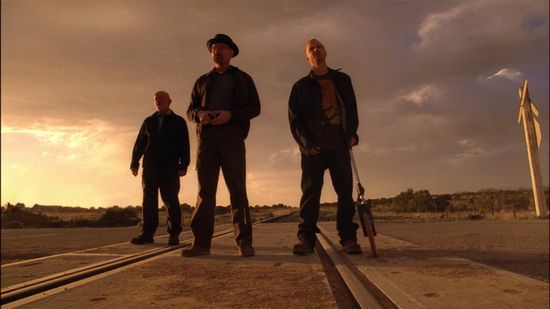

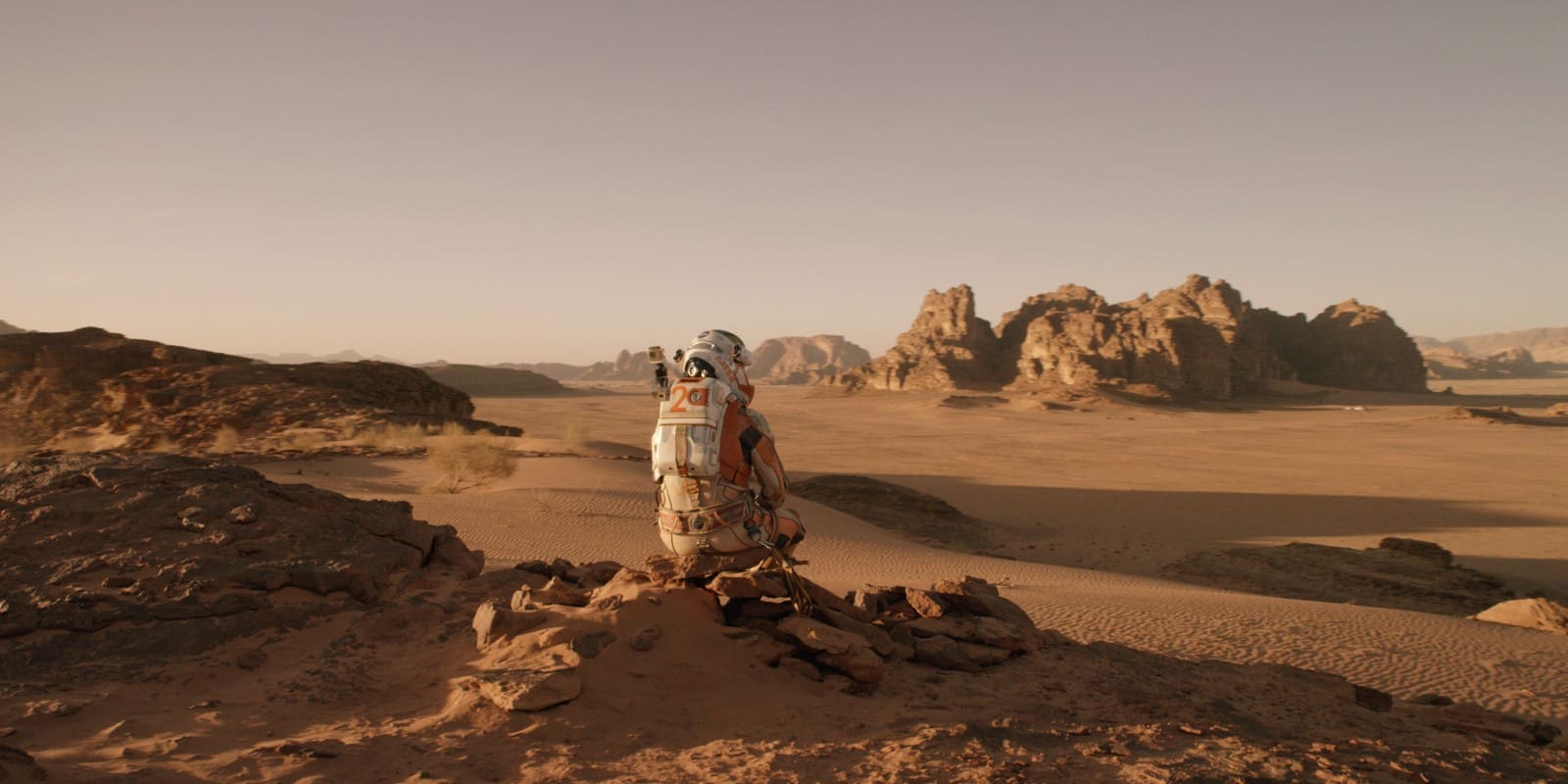
A high angle shot in filmmaking is when the camera looks down on the subject from above.
This shot is used to make the thing or person below appear weak, powerless, or vulnerable.
You often see this in horror movies to make the audience feel like the camera has control over what's happening below.
A high angle shot can also convey feelings of danger, sadness, or surprise.
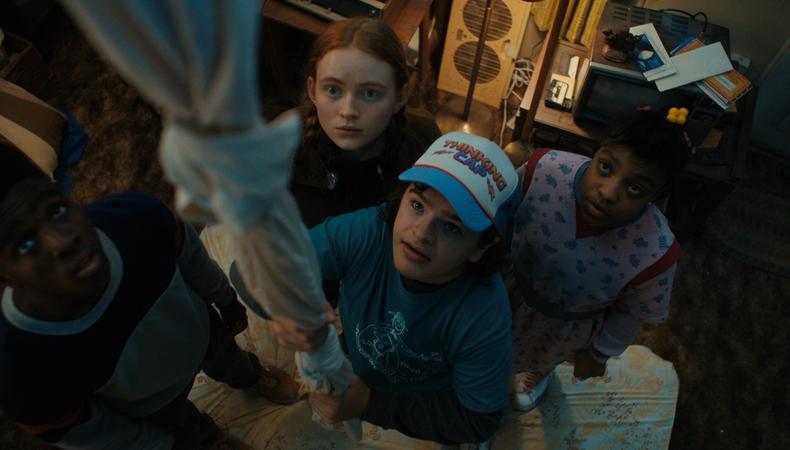
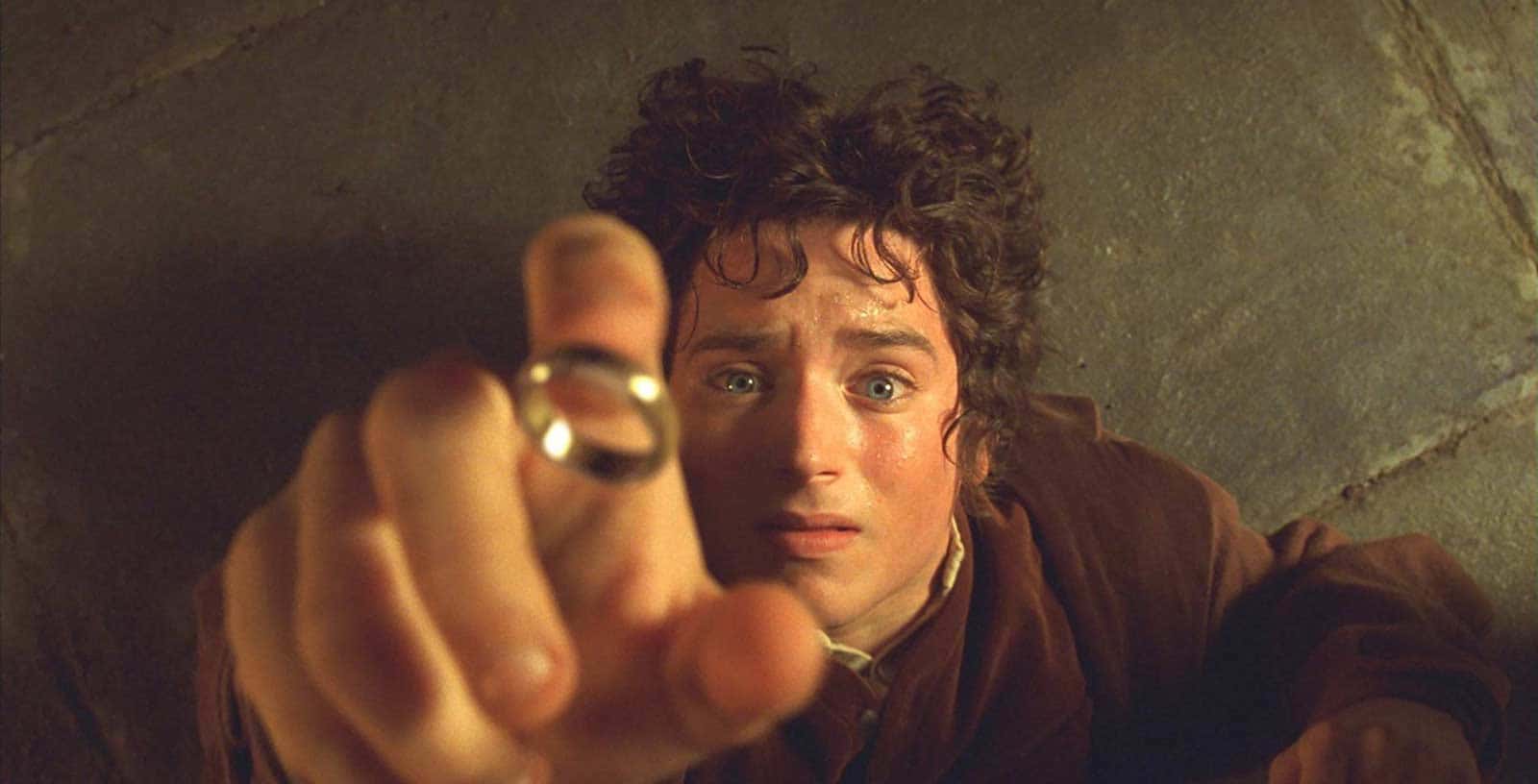
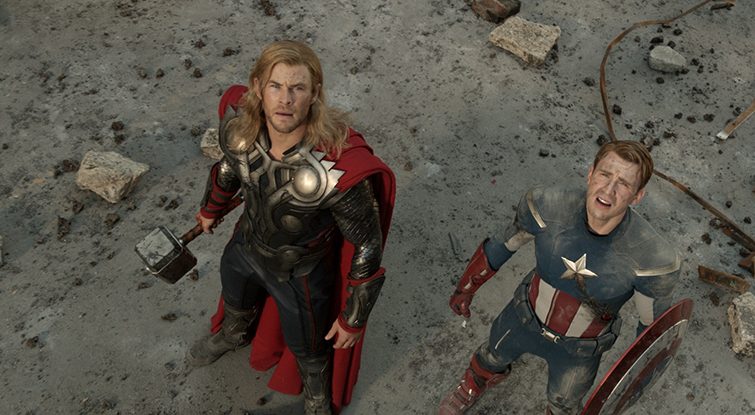
A low angle shot is when the camera is placed low, looking up at an object or subject above.
This camera angle has a special effect, it makes the thing or person above look strong and powerful.
But it can also make the hero of your story seem vulnerable, so you can relate to them even if they're usually unstoppable.
Another way this angle is used is to make things look taller than they really are. When you film something from a low angle, it appears much larger.
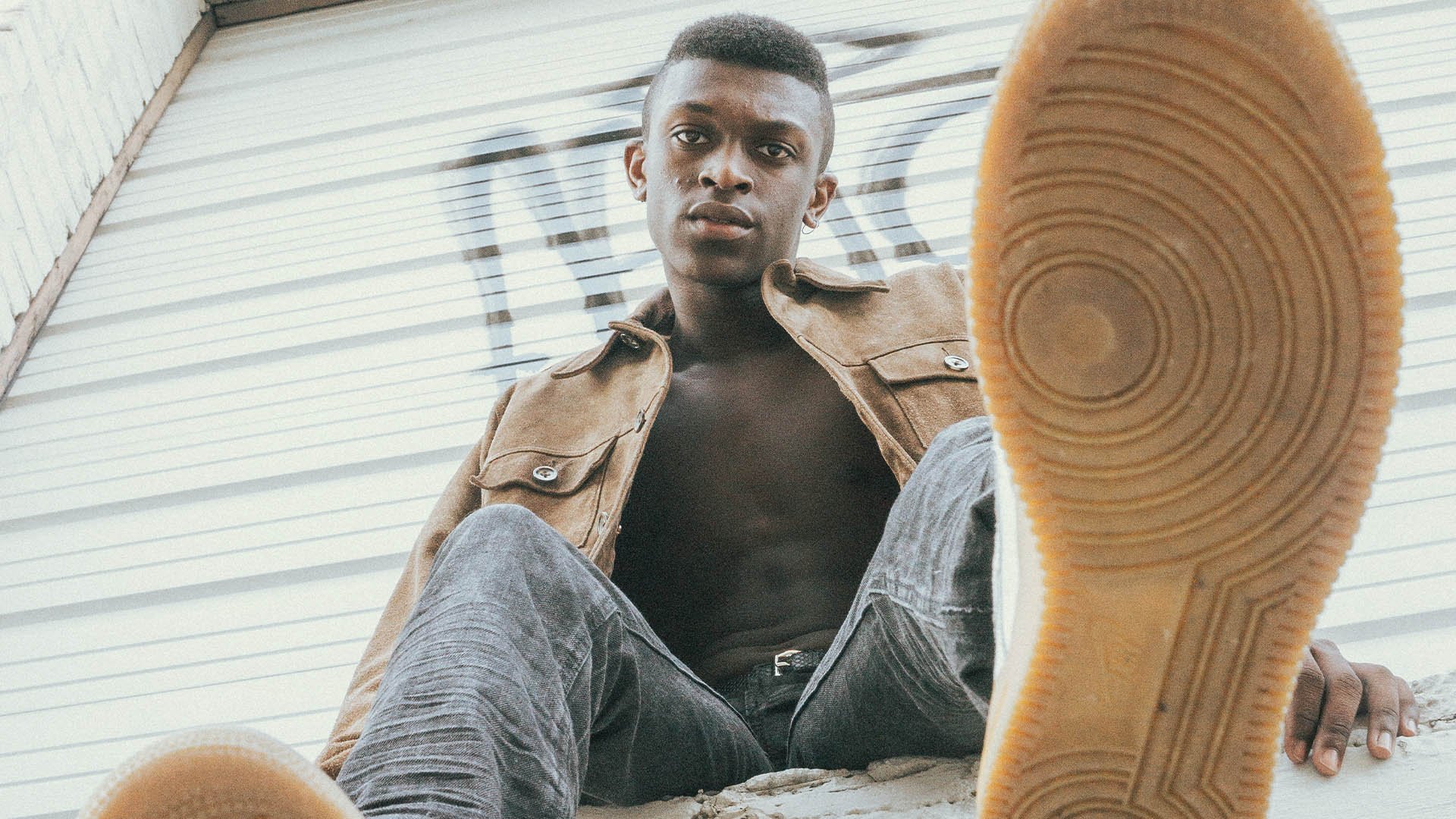
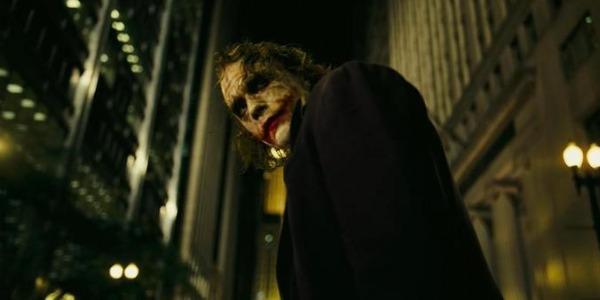
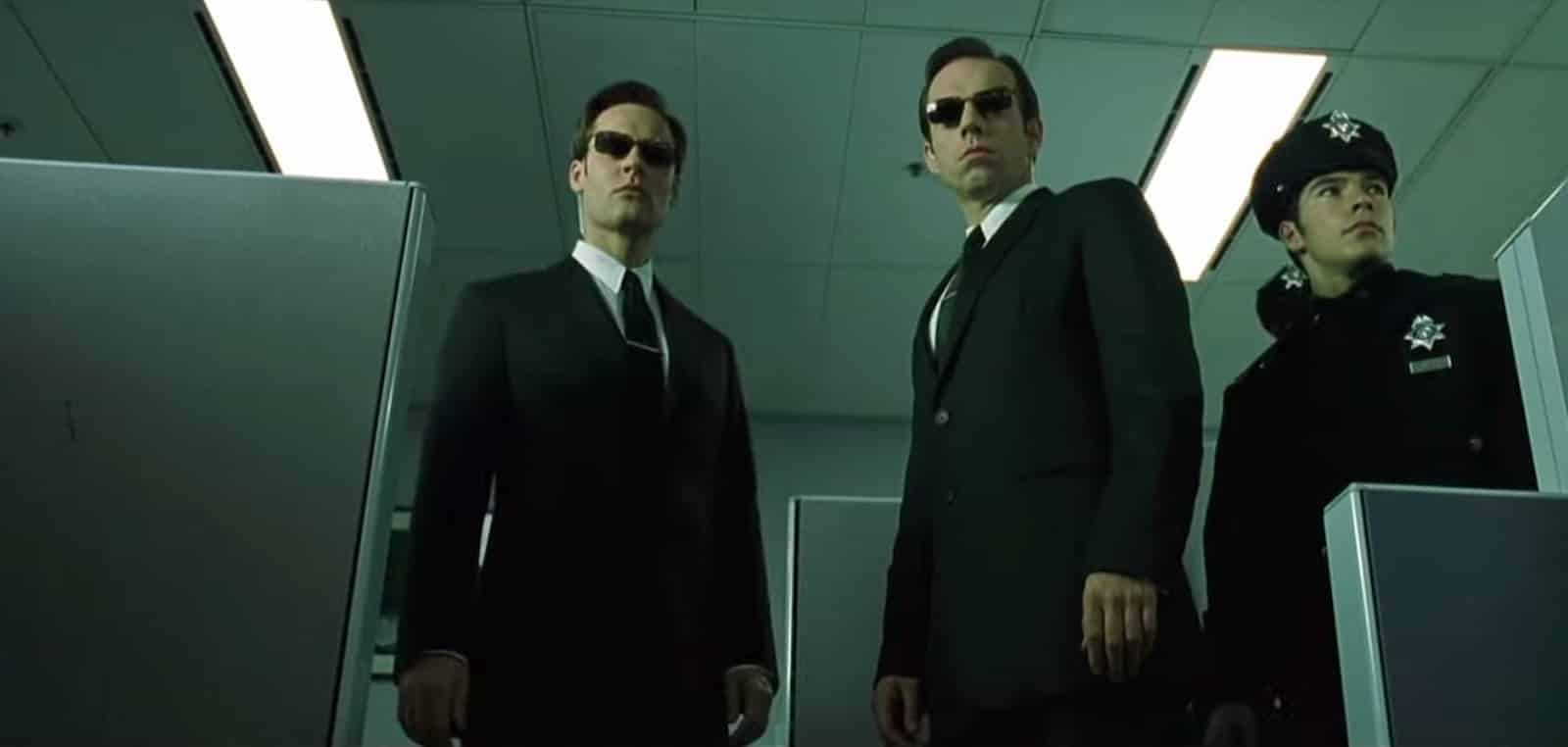
Hope this article has sparked your interest in using framing techniques in your photography!
It's a great way to make your shots more interesting. And guess what? We've only covered a few of the many framing ideas out there.
So, go ahead, pick up your camera, and have fun trying out different framing tricks. There's a whole world of creative possibilities waiting for you to explore!